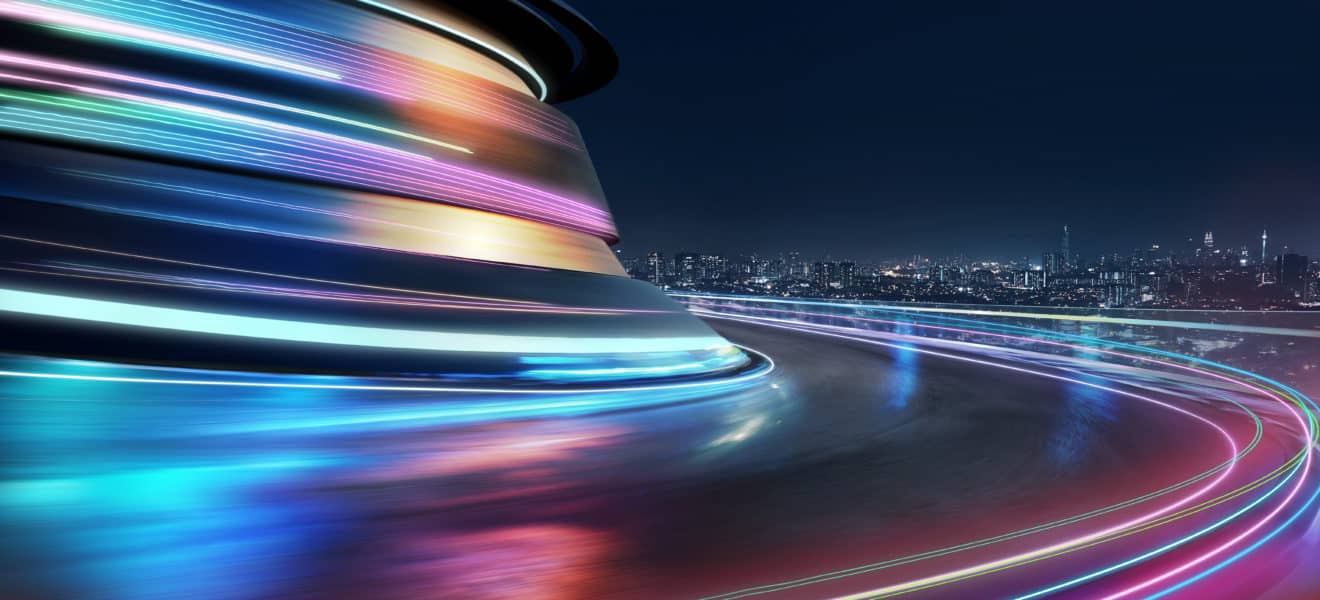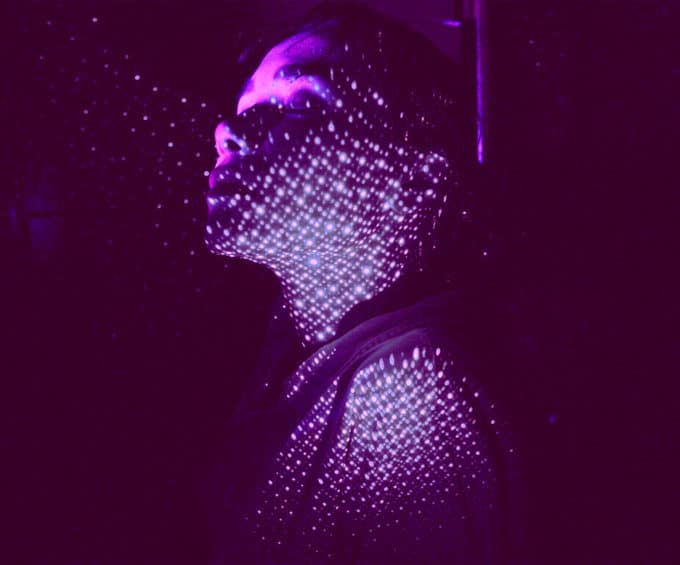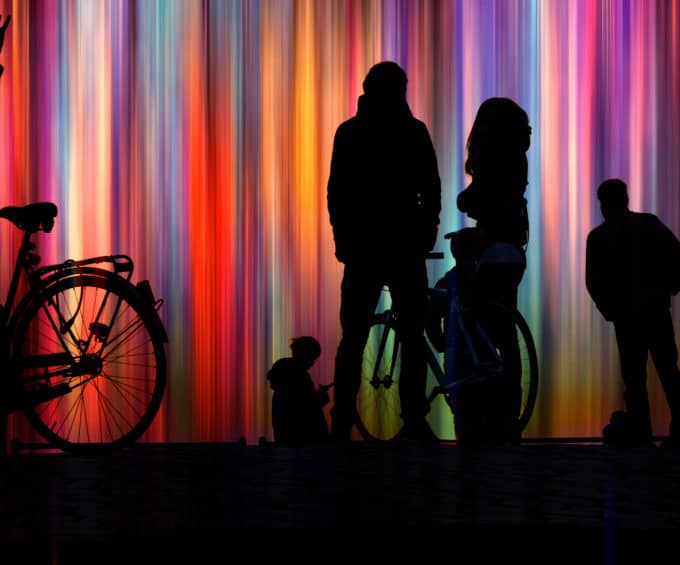Subjected to continuous acceleration, the world is becoming more and more complex, markets are being continually upset, new technologies are improving in rapid evolution, new business models are being created, profound transformations are changing society, and sustainability issues of all kinds (economic, social, environmental) are emerging. And now the pandemic.
In the present day, we are all spectators and contributors to a terrific acceleration of change. The needs imposed by the pandemic have pushed us to act with unprecedented effectiveness and open the door to new opportunities—and responsibilities—to design a better place to live and work.
Until recently, going to the office was a daily habit for all of us: We commuted for hours, endured traffic jams, bought food for lunch, used services, and bought houses to fulfill this simple constraint: going to work every morning. A duty we accepted to fulfill the leadership models designed centuries ago, when organizational needs were completely different and our present-day technology was not even imagined. This model is no longer sustainable.
What if the world gets rid of this obsolete constraint?
Necessity was the catalyst for a predictable change that now involves leaders, employees, and places. According to BCG’s experts, “today’s leaders must quickly learn how to manage the fragmented workforce across different locations and time zones. Instead of focusing on supervision, leaders must therefore set goals, modulate work, and enable teams.” They are sure about that “we will not return to the past, when work happened primarily with colleagues who were always located in the same place at the same time. Nor do we believe in the opposite extreme, where work is entirely remote.”
“Post COVID-19 the workplace becomes hybrid. Physical presences must have a differential value and the digital employee journey has to be designed.”
"
The future of work will be hybrid, and the main driver of change will be not the reduction in real estate but rather the need to be resilient to unpredictable futures. Employee experiences can and should be redesigned from scratch.
Let me give one example: We have all experienced several attempts to keep up business as usual. To keep people feeling part of a company community, we host virtual beer parties. But drinking a beer in front of our computer is not the same. Mimicking traditional affiliation approaches makes us feel overconnected more than engaged. This approach shifts the investment of the engagement towards the employees. These early affiliation approaches have been perceived with indulgence yet with a growing sense of fatigue. We don’t need to mimic old experiences, we need to design new ones.
The time has come to talk about the role of physical presence in workspaces.
"Our research has established that people will still need to physically meet in order to collaborate, co-create, and congregate. In many cases, the role of physical space will be to enhance creativity, leveraging collective intelligence. This is the real time when we can accelerate a future where technology will help unlock people’s potential and strengthen human-specific capabilities.

We’re moving from an era where technology made us less human to one where it will make us more human.
"The Bionic Playground Manifesto
We face a challenge: What space, physical or digital, will unlock people’s creativity, potential, and collaboration skills? We have found it and call this place the Bionic Playground. To arrive at the definition of the workspace of the future, we started from a shared set of beliefs. These are the five we have worked on and which together form our “manifesto” for a new space for innovation.
So what will the Bionic Playground look like?
The Bionic Playground is a digital and physical space that provides serendipity through technology. Its added value? People are exposed to an extraordinary number of conversations, contents, connections, and integration of external communities’ contributions to professional thinking.
The physical presence plays a new role: to give a boost in terms of understanding technologies, contexts, insights, and solutions through personal experience and interaction. At the same time, effective remote collaboration and knowledge sharing will reduce the need to travel, making the Bionic Playground the sustainable workplace of the future.
About the Author
Marco Giglio
Managing DirectorMilan
Marco is Managing Director for Design and Engineering and focused on the development of a design culture within the company, promoting an integrated approach for any innovation challenge. Particularly he concentrates on the future of work, pushing boundaries of future human-centric scenarios and exploring all the connections between the role of physical spaces and technologies in unlocking the creative potential of people.







